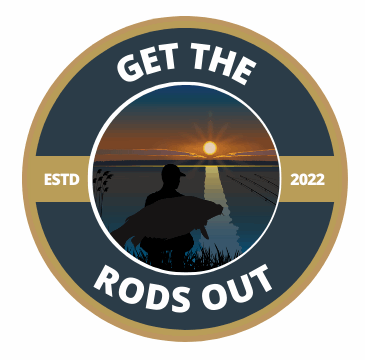Carp spawning is a natural process that occurs during the spawning season, usually between late spring and early summer. During this time, male and female carp engage in reproductive activities that lead to successful reproduction. However, many anglers are often left wondering whether carp will feed when spawning.

According to research, carp do eat during the pre-spawn and post-spawn stages of the spawning process. However, during the actual spawning process, carp tend to focus more on reproduction than feeding. This is because the male carp are busy fertilizing the eggs while the female carp are laying them, and any disturbance to the process can lead to unsuccessful fertilization.
Despite this, it is important to note that carp spawning behaviour can vary depending on factors such as water temperature and weather conditions. Anglers should also be aware that disturbing spawning carp can have a negative impact on the overall success of the reproduction process. Therefore, it is advisable to avoid fishing for spawning carp and to respect the natural process of reproduction.
Understanding Carp Spawning
https://www.youtube.com/watch?v=e240gd6zoNw&embed=true
Carp spawning is a crucial phase for the fish, and it is essential to understand the process if you are planning to catch them. Factors such as water temperature and weather can impact carp spawning, making it important to have an awareness of these conditions.
Signs and Behaviour
During the spawning season, carp exhibit fascinating reproductive behaviour. The male carp develop white tubercles on their gill plates and head, and they become more aggressive towards other fish. They thrash around in shallow areas, looking for a female to fertilise their milt. Female carp also develop swollen gill plates and become inactive, often hiding in the vegetation.
Physical and Environmental Factors
Carp spawning usually takes place in the spring and summer, when the water temperature is between 13-24°C. The warmer it gets, the more vigorous their reproductive activities become. Carp usually spawn 3-4 times a year, depending on the climate. They prefer to spawn in shallow areas with vegetation and rocks, where they can attach their sticky eggs.
Reproductive Process
During spawning, the male carp release milt, which fertilises the eggs released by the female carp. The fertilised eggs then attach to plants, rocks, or other objects in the water. The eggs hatch after a few days, and the fry emerge. Carp populations can increase rapidly, making them vulnerable to predators.
Impact on Angling
Carp spawning can disrupt angling, and it is important to be aware of the close season laws in the UK. The government elects to close down a lot of public waters over the country, especially rivers, so that the carp may spawn undisturbed. Anglers should avoid fishing during the spawning season to help protect the fish populations.
Ethical Considerations
Fishery owners and commercial fisheries have a responsibility to help protect carp populations during the spawning season. Anglers should also be aware of the impact of their actions on the fish and the environment. Using boilies or pellets during spawning can disrupt the fish and the environment, making it important to consider the ethical implications of angling during this time.
Food Availability and Preferences During Spawning
Carp may have a reduced appetite during spawning, and they may not respond to bait. However, they can still eat, and it is important to consider the food availability and preferences during this time. Corn, hemp, and rock salt are all good options for bait during spawning. Aquatic plants can also be a good source of food for carp during this time.
Frequently Asked Questions

What triggers carp to feed after spawning?
Carp are known to be hungry after spawning, and this is because they have expended a lot of energy during the spawning process. Additionally, the carp’s metabolism is higher during this time, which means they need more food to maintain their energy levels. Therefore, it is common to find carp feeding aggressively after spawning.
Are carp less likely to feed during spawning season?
Carp can be less likely to feed during the actual spawning process, which can last for several days to a week. During this time, they are preoccupied with spawning and may not be interested in feeding. However, once the spawning process is over, they can become very hungry and start feeding aggressively.
How long does the carp spawning season last?
The carp spawning season can last anywhere from a few weeks to a few months, depending on the water temperature and other environmental factors. In general, carp tend to spawn during the spring and summer months when the water temperature is warmer.
What is the best bait for carp during spawning season?
The best bait for carp during spawning season can vary depending on the location and the specific conditions. However, some popular options include sweetcorn, boilies, and pellets. It is important to use a bait that is attractive to carp and to present it in a way that mimics their natural feeding behaviour.
How can you tell if carp are spawning in your fishing spot?
There are several signs that can indicate that carp are spawning in a particular fishing spot. These can include the presence of bubbles on the surface of the water, the sight of carp swimming in pairs or groups, and the sound of splashing or thrashing in the water.
When is the best time to fish for carp during spawning season?
The best time to fish for carp during spawning season can vary depending on the specific conditions. In general, it is best to fish during the early morning or late evening when the water temperature is cooler and the carp are more active. Additionally, it can be helpful to target areas where the carp are known to congregate during spawning season, such as shallow weedy areas or near underwater structure.
